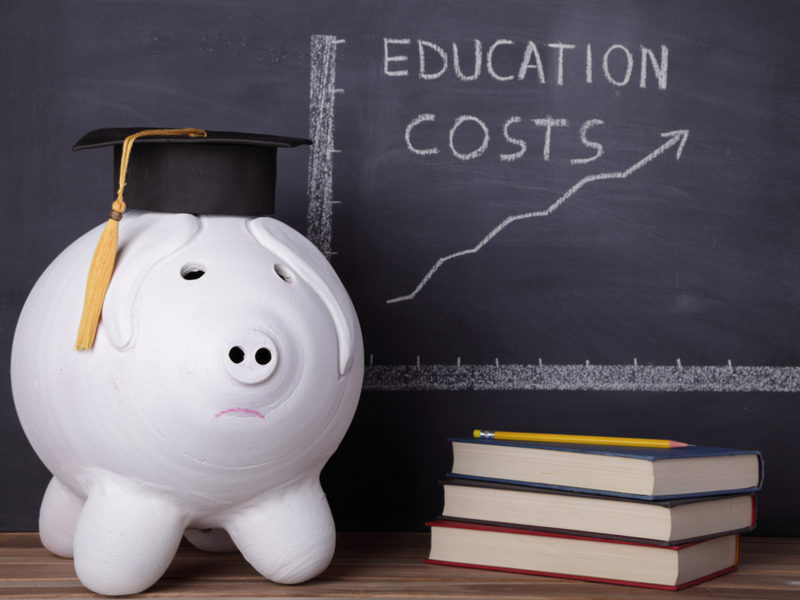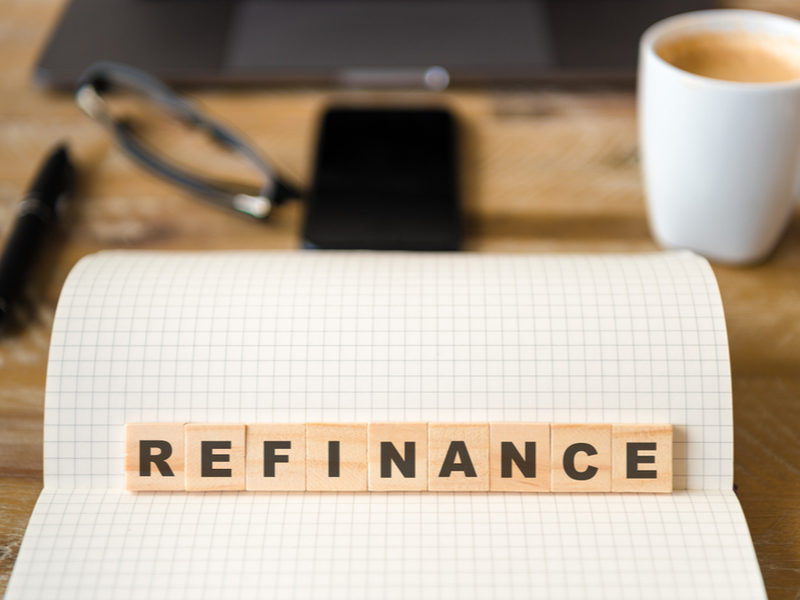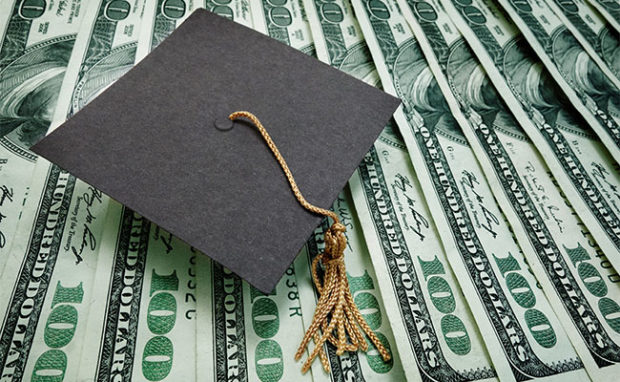How Do I Lower My Student Loan Interest Rate?
Attending college is a must in an era where the highest degree and skill level determines the job one qualifies for. Achieving employment goals and moving up through a company depends on the level of education one has. For this reason, student loans are in high demand every semester. What many do not consider when applying for these loans is the amount they will be repaying after school which can take several years. That’s why it is important to discover how to lower student loan interest rates.
Ready For a Quick Quiz?
Take this 30-second quiz to check if you qualify for a Lower Student Loan Interest Rate
How Do I Lower My Student Loan Interest Rate?
Making monthly payments on a loan does not seem like a daunting task when applying for the loan.
You probably look at the proposed fees and think of them as reasonable. The reality is that most students pay more than $350 monthly on student loans.
Now consider that most of this payment will be paying towards the interest that accrues monthly, not the principle of your loans.
Paying interest on student loans is what leaves new graduates in debt for years after graduation. It can often appear like there is no end in sight with these monthly payments.
There is hope, however. You do not need to live the fate of a lifetime of paying student loans.
Lowering your interest rate payment can help you find the light at the end of the tunnel. Don’t forget that these go on your credit history.
Take this 30-second quiz to check if you qualify for a Lower Student Loan Interest Rate
What Does High-Interest Rates Mean?
Lowering interest rates on student loans will help you to pay them off quicker.
Higher interest rates mean that less money is going towards the principal balance of the loan. It means more payments for a longer time.
To understand what you will be paying on your loan, let’s look at the current interest rates and how they affect student loan repayment.
Interest rates for federal student loans vary from year to year. For our purposes, we will consider the current rates.
Current rates for direct subsidized and unsubsidized loans for an undergraduate are approximately 4.53%.
These rates are slightly higher for graduate students and direct PLUS loans. Stafford loan interest rate increase can affect how much you want to borrow.
Now, consider the loan amount of $35,000 at the current interest rate of 4.53% and payments for ten years.
The monthly payments for this loan would be approximately $360. Over the ten years, the amount of interest paid will be $8,589.
Lowering the interest rate even slightly will help to alleviate some of this burden.
Finding a way to lower the interest rates for student loans will save you money in the end and allow you to pay off loans in a quicker manner.
So, how can you get lower interest rates and pay less for the debt you already have? The following are some tips that can lower your rate or lower the overall amount you will be paying for your loans.
Take this 30-second quiz to check if you qualify for a Lower Student Loan Interest Rate
Lower Your Rate with Automatic Recurring Payments
The first and possibly most comfortable way to lower your student loan interest rates is through automatic payments.
By allowing your lender to deduct fees automatically each month, you may qualify for a reduction in the interest rate from your lender.
For many private and federal loans, this reduction is 0.25%, though this may not seem like a considerable amount, over the life of the loan even the smallest amount can make a big difference.
Take this 30-second quiz to check if you qualify for a Lower Student Loan Interest Rate
Refinance Through a Private Lender
Looking beyond the automatic payment reduction, refinancing your student loans through a private lender may be just the ticket for lowering interest rates to a bearable level.
Refinancing your student loans means that you will be borrowing from a private lender and paying off your loans.
Private lenders do not have to adhere to the same requirements as student loans and therefore can charge a lower interest rate on your loan — one difference to consider with private lenders though is your credit score.
Most student loans are not regulated by your credit score, whereas private loans almost always are.
With private lenders, the better your score, the lower your interest rates will be.
The catch with private loans for refinancing your student loans is that student loans often lower your credit score.
If this true for you as it is for many other borrowers, consider applying with a cosigner who has a good credit score.
Applying this way will allow you to receive the lower interest rate afforded for the credit of your cosigner.
Take this 30-second quiz to check if you qualify for a Lower Student Loan Interest Rate
Skip Deferment
Another way to lower the amount you pay back on your student loans is to make some changes to your payments.
The first item to think about in repayment is the delay of loan payments.
Many students qualify for deferred payments while they are still attending school for a set number of hours.
Suspensions are also afforded to some after graduation while they are looking for employment.
While deferments may seem like a way to be able to save up some money and get on your feet, the reality is that many of your loans will continue to accrue interest over the deferment period, which means that when the deferment period ends you will be paying back even more than you started with.
It is possible to choose to defer your payments and still avoid paying this extra interest amount.
By making monthly interest payments, you will be able to eliminate the interest after graduation without having to take a hit for the full loan payment while attending school.
Related Articles
Make Larger Payments

One final way to lower the amount of interest you pay is not by lowering your interest rate, but by reducing the amount you pay interest on.
Making larger monthly payments can lower the amount you pay considerably.
If we go back to the $35,000 borrowed at an interest rate of 4.53% and make larger payments, the amount of interest paid will be significantly lower.
For example, instead of making $360 payments, if you were to pay $500 a month, you would lower the amount of interest paid for the life of the loan to just over $5,700 as opposed to the over $8,000 at the minimum monthly payment.
Not only will higher payment amounts help you save money at the end of the loan, but it will also allow you to pay the loan off quicker.
In our example, paying the minimum payment has you paying for ten years, whereas paying the higher amount pays off the loan in just over six years.
SUMMARY
While student loans are a part of most student’s lives, high-interest rates and paying for what seems like a lifetime to pay back these loans do not have to be.
You have options for lowering your interest rates as well as the overall amount you pay for these loans.
By refinancing, making automatic payments, avoiding deferments, and making larger monthly payments, you can find some relief from student loan debt.





